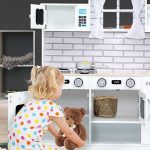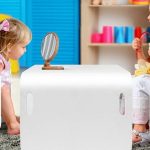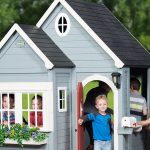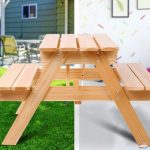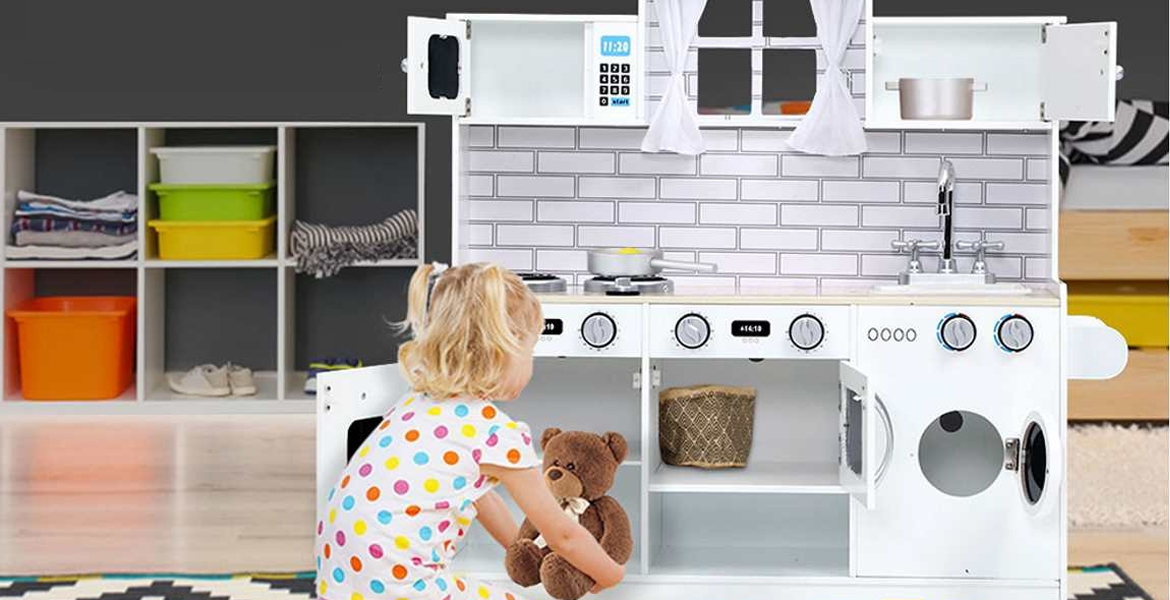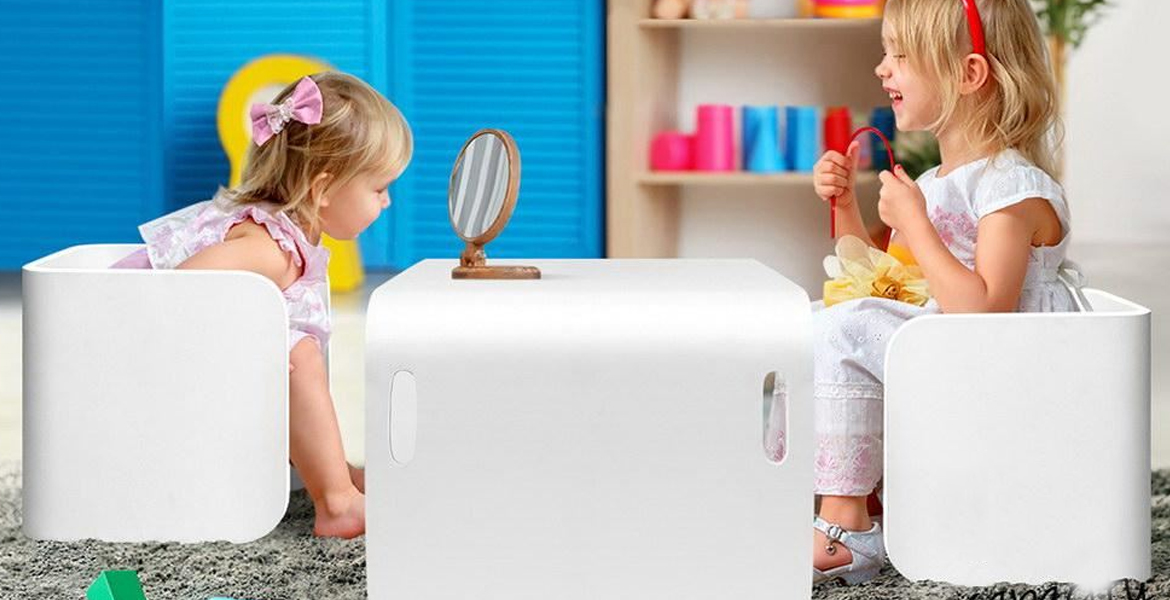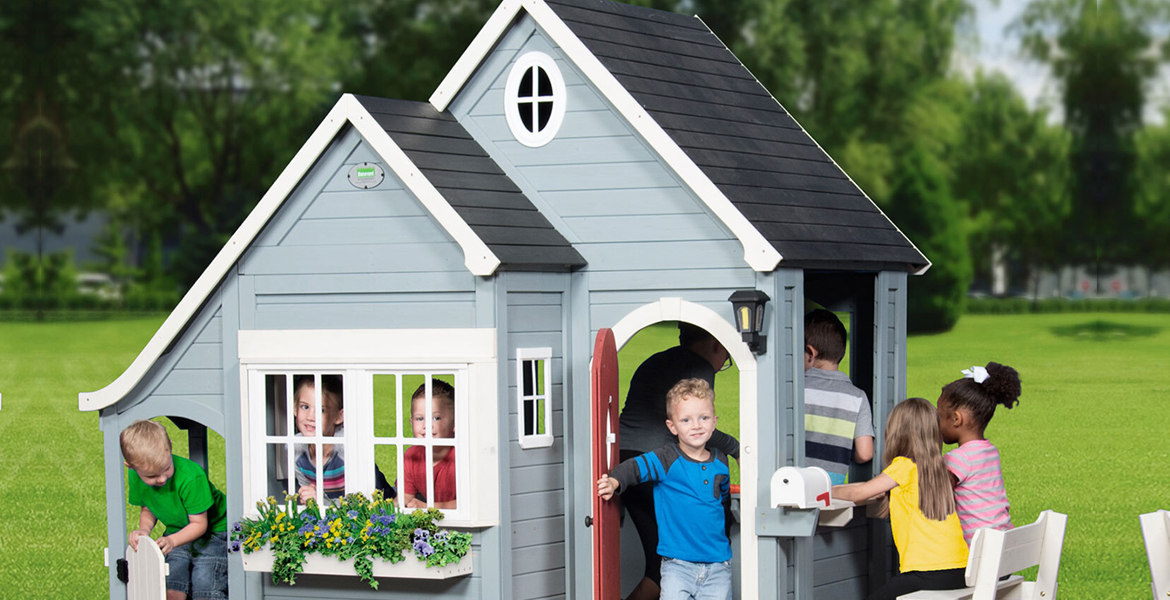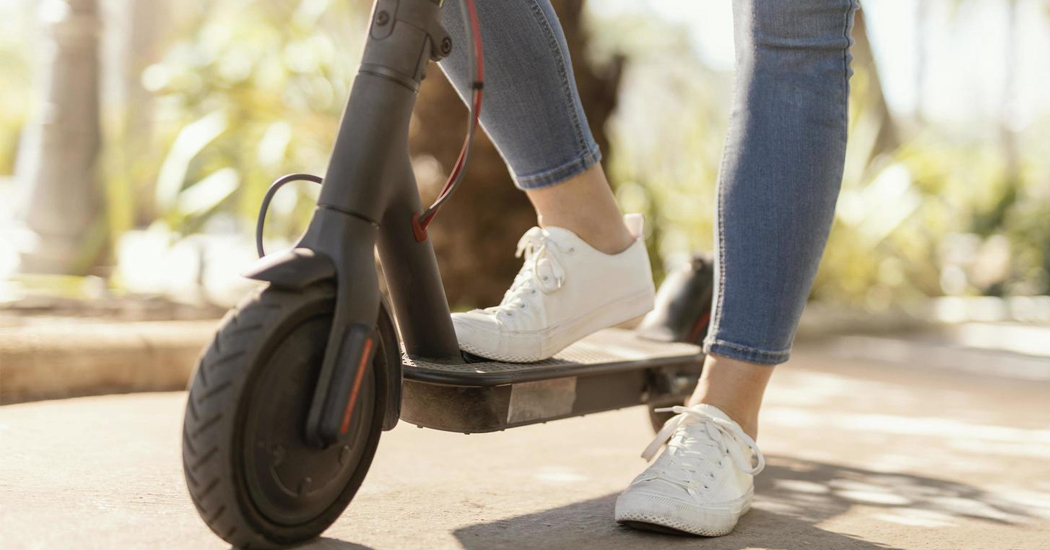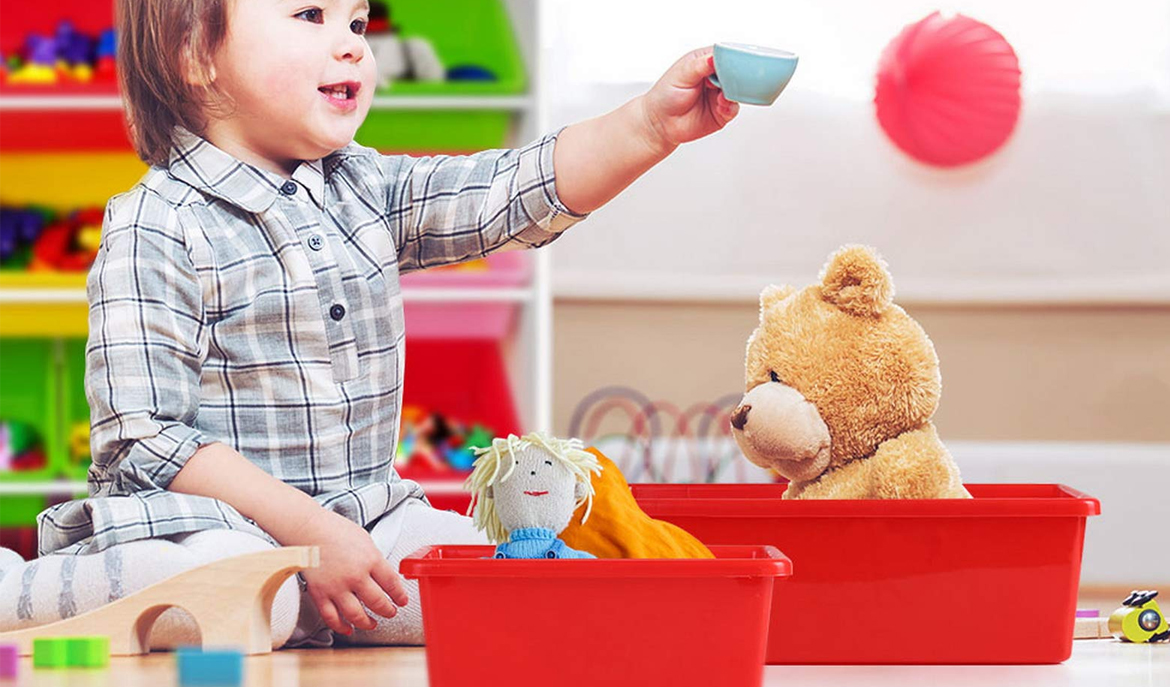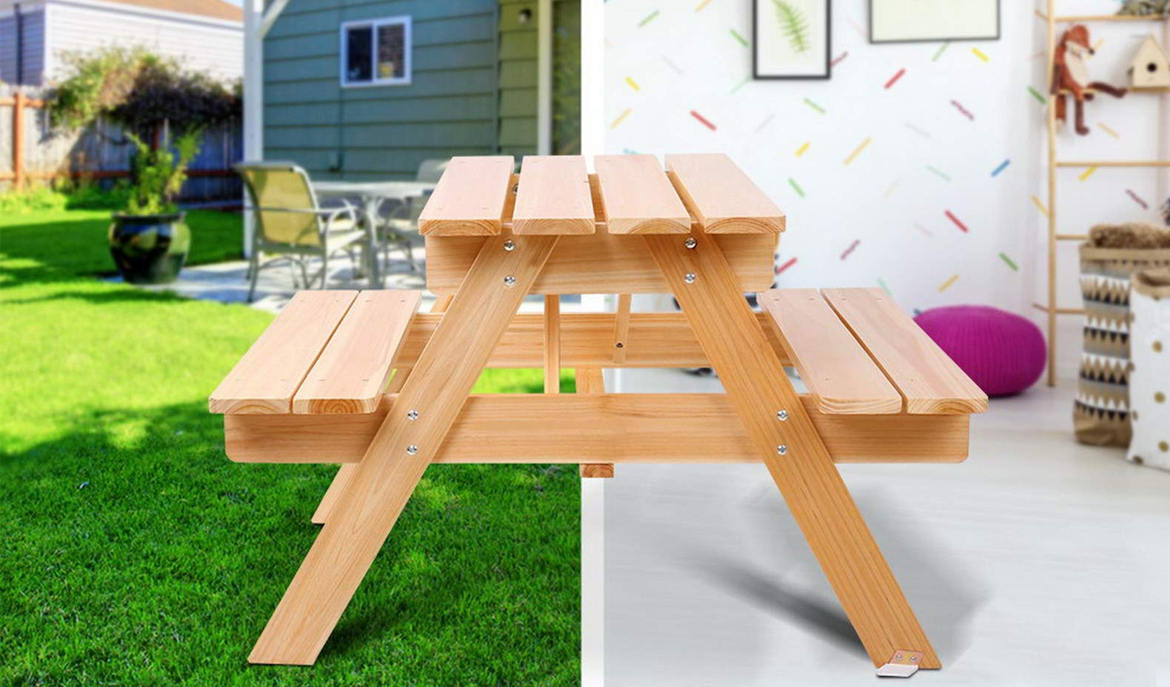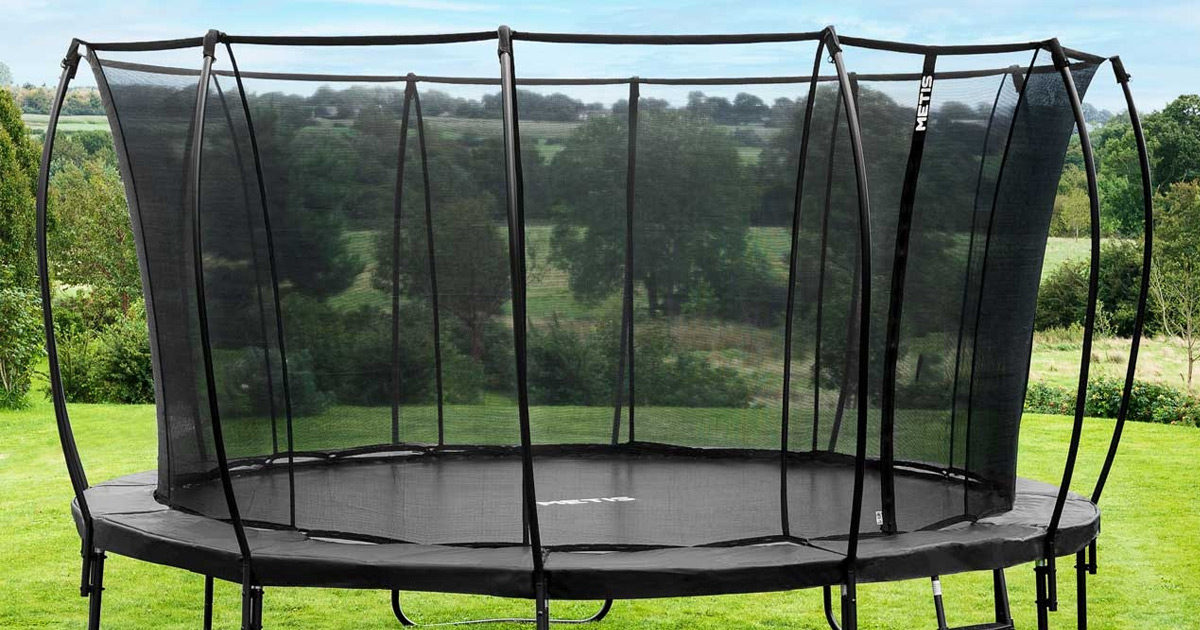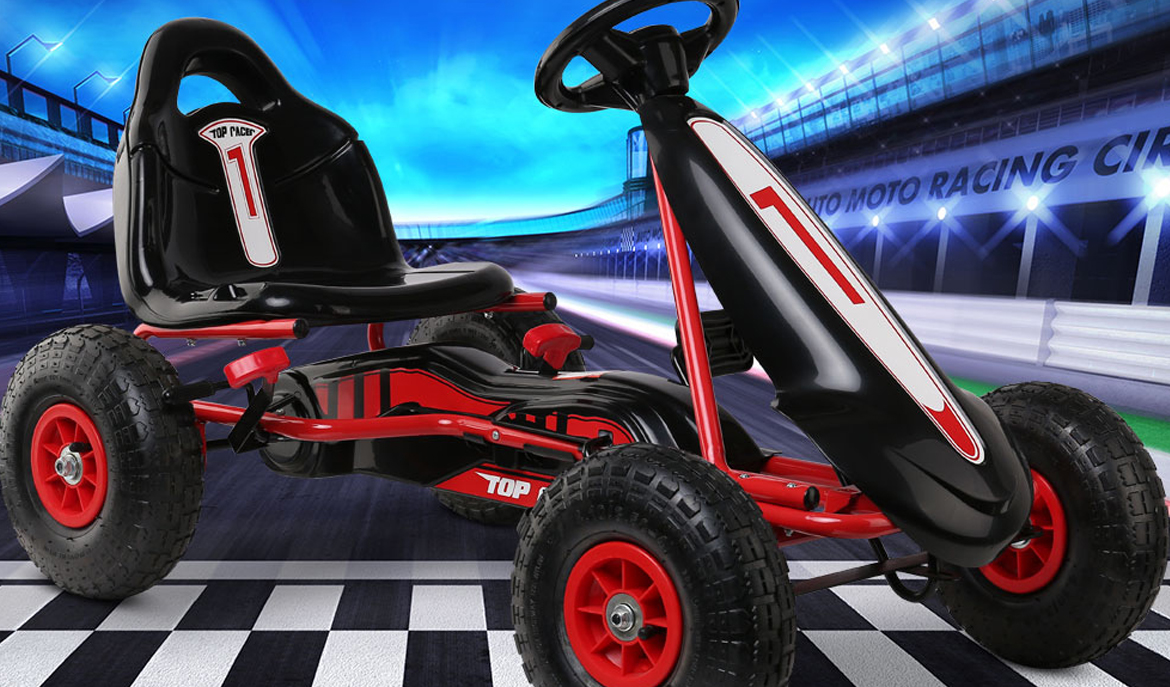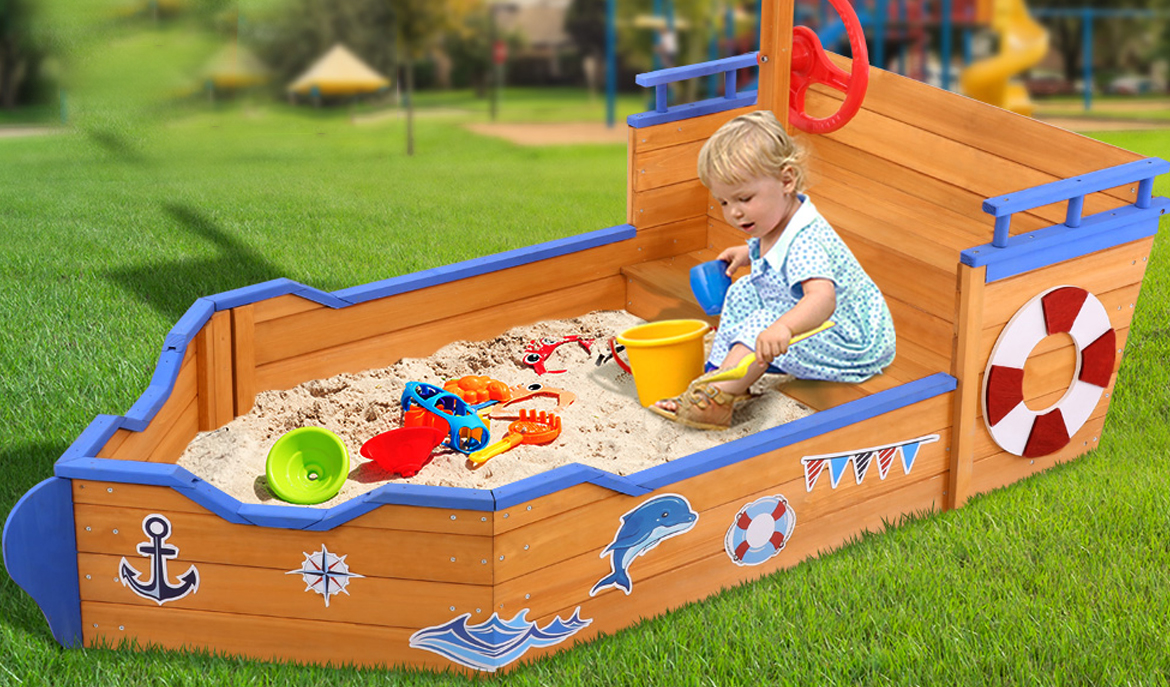
Why you should look to Buy Sandpit For your Kids Now
Sensory Development is fostered in the Sandpit
Sandpit helps to improve three important sensory regions in children: hearing, sight, and touch. Tactile Sense - This refers to your child's ability to perceive touch, pressure, warmth, and vibrations. As an example, when children learn the difference between warmer sand in the sun and colder sand in the shade, they are using their tactile senses. It is their capacity to grasp how their body moves and balances on different surfaces that they have Vestibular Sense. Activities such as pushing a toy truck through the sand or pouring sand from a bucket are examples of activities that help to develop these senses in children. Playing in the Sandpit is a fantastic way to help children develop motor skills, improve hand-eye coordination, and strengthen their muscles. When your child learns how to correctly hold a shovel in their hand, they will be using their fine motor skills. In addition, when children attempt to raise a bucket loaded with sand, their gross motor abilities are put to the test. When participating in Sandpit, almost every action they make is important to their physical growth!The Sandpit fosters Imagination and Creativity in Children
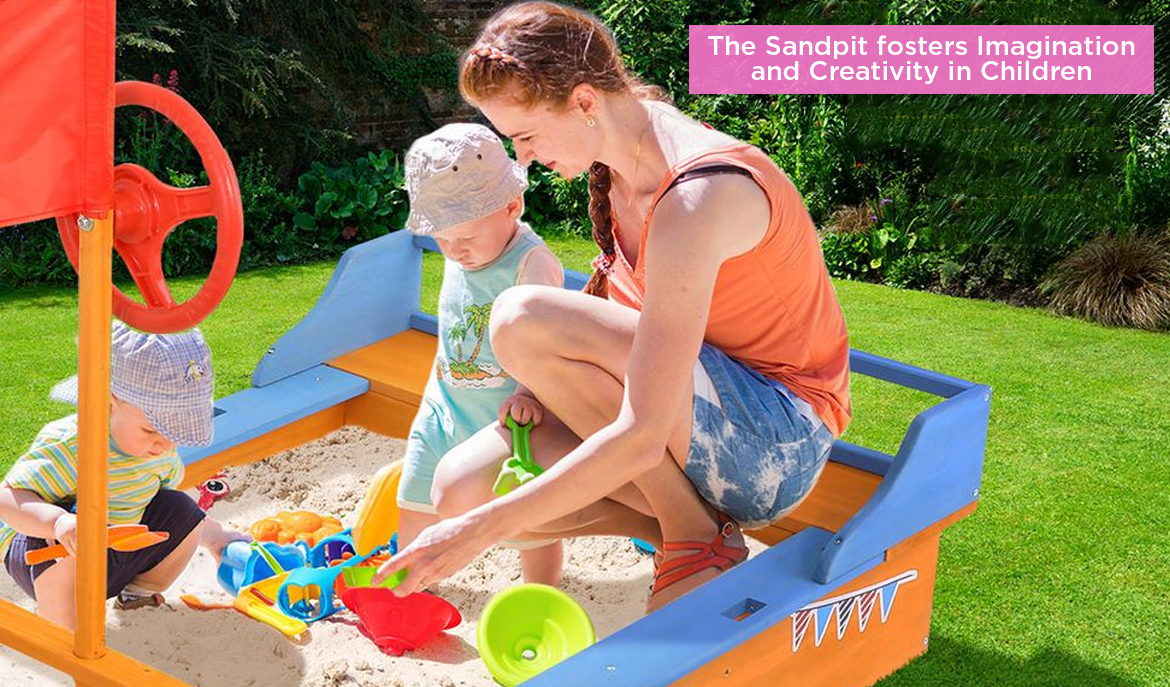 When it comes to Kids Sandpit, the creative options are virtually limitless! The conventional approach of constructing sandcastles, moats, mountains and bridges is an option as well. Sandpit can be arranged in a variety of configurations. By adding water to sand, you may alter the texture of the material. You may allow your youngster to construct their own little universe in a sandbox. Provide tools or Kids toys, such as vehicles, buckets, shovels, or animals, to allow them to fully express themselves and let their imaginations run wild.
When it comes to Kids Sandpit, the creative options are virtually limitless! The conventional approach of constructing sandcastles, moats, mountains and bridges is an option as well. Sandpit can be arranged in a variety of configurations. By adding water to sand, you may alter the texture of the material. You may allow your youngster to construct their own little universe in a sandbox. Provide tools or Kids toys, such as vehicles, buckets, shovels, or animals, to allow them to fully express themselves and let their imaginations run wild.
The Sandpit Helps Children Develop Social and Language Skills
In addition to being a delightful type of independent play, playing in the Kids Sandpit provides an excellent opportunity for them to engage with other children. While playing in the Sandpit or digging a hole together, toddlers are not only developing social skills such as turn-taking and teamwork, but they are also developing problem-solving and language abilities as well. Furthermore, completing a goal as a group offers a wonderful sense of achievement that they can share with their peers!Immune System Boosted by Sandpit
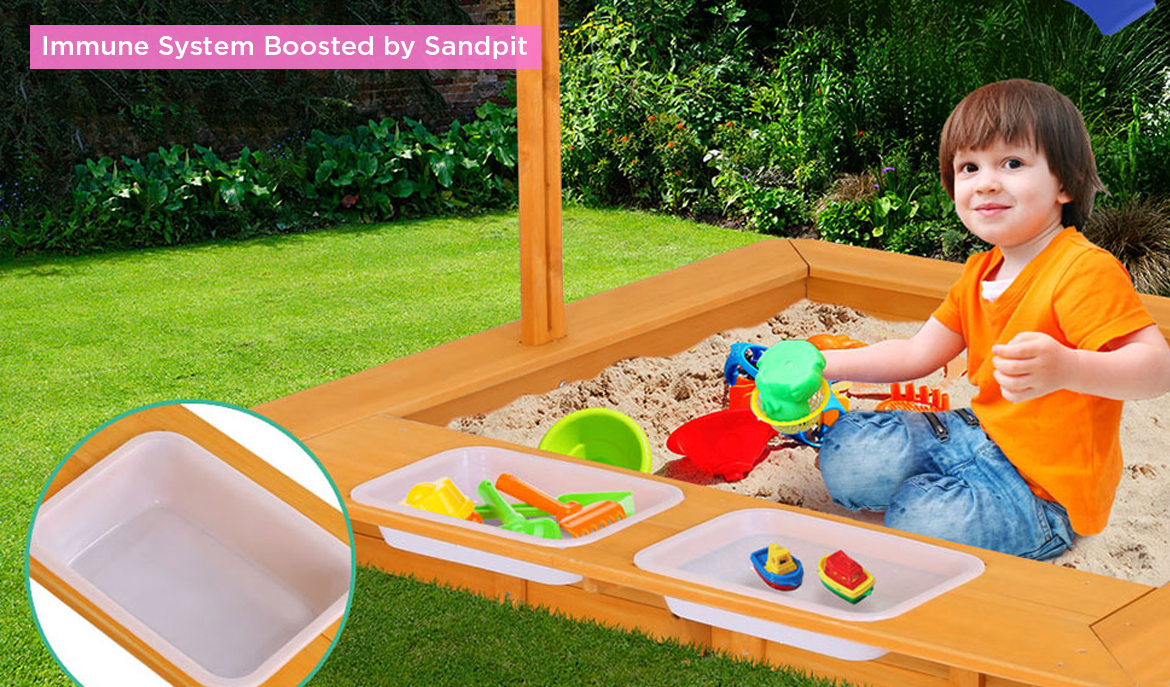 The fact is that you are not alone if you are the sort of parent who cringes at the thought of your child becoming dirty. Maintaining their cleanliness and wellness is an important aspect of the work! Children who play outside in the grass, sand, or dirt, on the other hand, have stronger immune systems than children who spend their whole lives in sterile, inside surroundings, according to a study. Playing in the Sandpit can really help them to become more immune.
The fact is that you are not alone if you are the sort of parent who cringes at the thought of your child becoming dirty. Maintaining their cleanliness and wellness is an important aspect of the work! Children who play outside in the grass, sand, or dirt, on the other hand, have stronger immune systems than children who spend their whole lives in sterile, inside surroundings, according to a study. Playing in the Sandpit can really help them to become more immune.
The Concept of Number
When your child begins formal schooling in kindergarten or Grade 1, he or she does not develop a conceptual understanding of numbers. This notion has been established through play for a long time, long before kids can comprehend that the sign 1 represents a single object. Creating a mud pie helps children have a better knowledge of one particular thing (as well as no objects). They are able to comprehend that their friend possesses the same thing.Both Capacity and Volume are used to describe the Amount of Something
The idea of capacity is one of the most important early mathematical concepts that children learn in the Sandpit. Involving youngsters in the act of pouring sand (or water) into and out of containers allows them to have complete knowledge of volume and capacity. Your youngster will investigate and learn simply by adding some containers, buckets, or measuring cups to their environment. Children learn skills such as: • Comparing how much sand is in two identical containers • Comparing two different sized containers with the same level of sand • Discovering how many cups/spoons of sand it will take to fill a bucket/larger container • Comparing which container has more/less sand • Discovering whether a container is full/empty/half full • Pouring out some sand a container that is half full or moreDevelopment of the Fine Motor Skills
Fine motor development relates to the growth and development of the body's tiny muscles, particularly those of the fingers. When they begin formal schooling, youngsters will be able to control a pen or pencil and write when their motor skills have matured sufficiently. Children can strengthen and control their finger muscles in the Sandpit, which is especially beneficial for excavating sand with their fingers, moulding sand and mud into shapes, and adding fine details to their creations.Synchronization Between the Eyes and the Hands
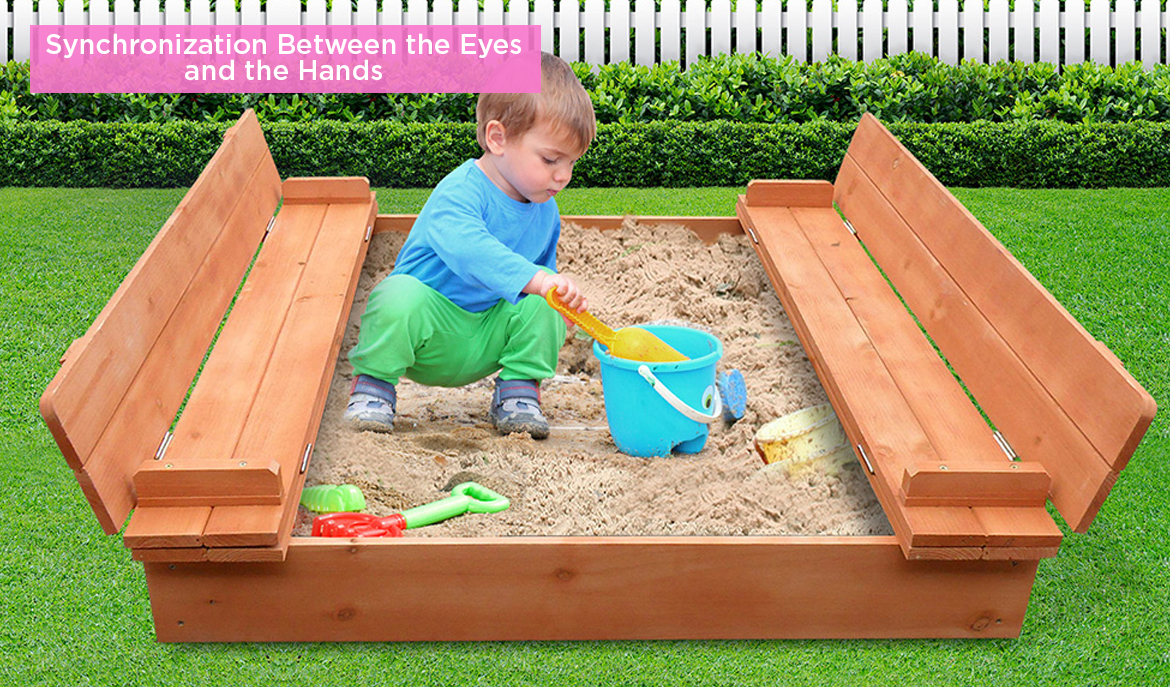 When playing sports, writing, and engaging in a variety of other tasks, eye-hand synchronization is critical.
When children play with Kids toys in the Sandpit, they are able to develop this ability since they must use both their hands and their eyes to be able to construct and build in order to be successful.
Concentration and coordination are required for even the most basic of tasks, such as scooping sand into a pail with a tiny spade.
When playing sports, writing, and engaging in a variety of other tasks, eye-hand synchronization is critical.
When children play with Kids toys in the Sandpit, they are able to develop this ability since they must use both their hands and their eyes to be able to construct and build in order to be successful.
Concentration and coordination are required for even the most basic of tasks, such as scooping sand into a pail with a tiny spade.
Gross Motor Development is a term used to describe the Development of the Gross Motor System
Sandpit stimulates both the small and big muscles in the same way as it does the tiny muscles. When children are playing in a Kids Sandpit, they will engage in activities such as digging, scooping, pouring, pushing, and lifting, among others. These gross motor actions exercise the child's big muscles and help to build his or her body's strength. They get an understanding of their own bodies in the Sandpit and with the Kids toys, and they learn how to utilize their bodies to do tasks. For the greatest discounts on Sandpit and other Kids toys, visit Kids Pretend Toys, which is a retailer that accepts AfterPay payments.Releated Posts

